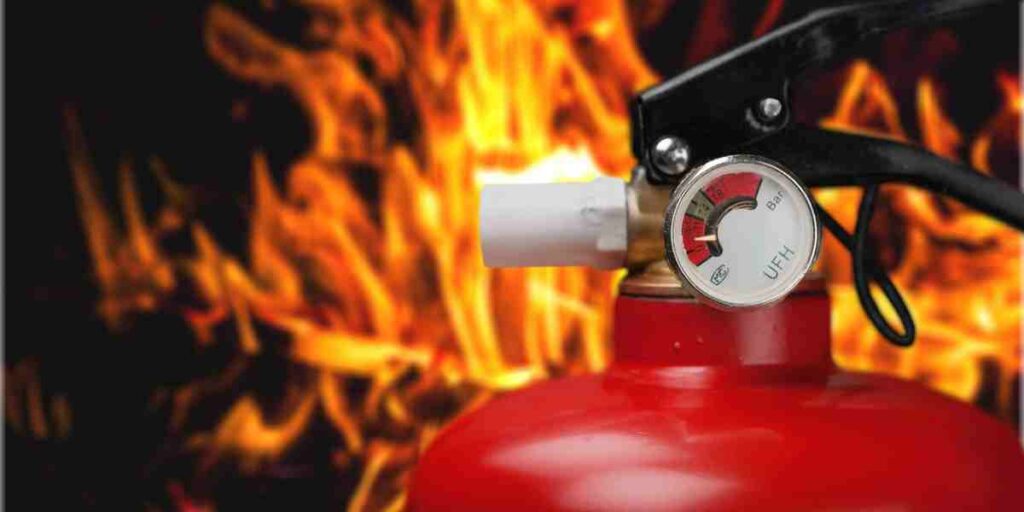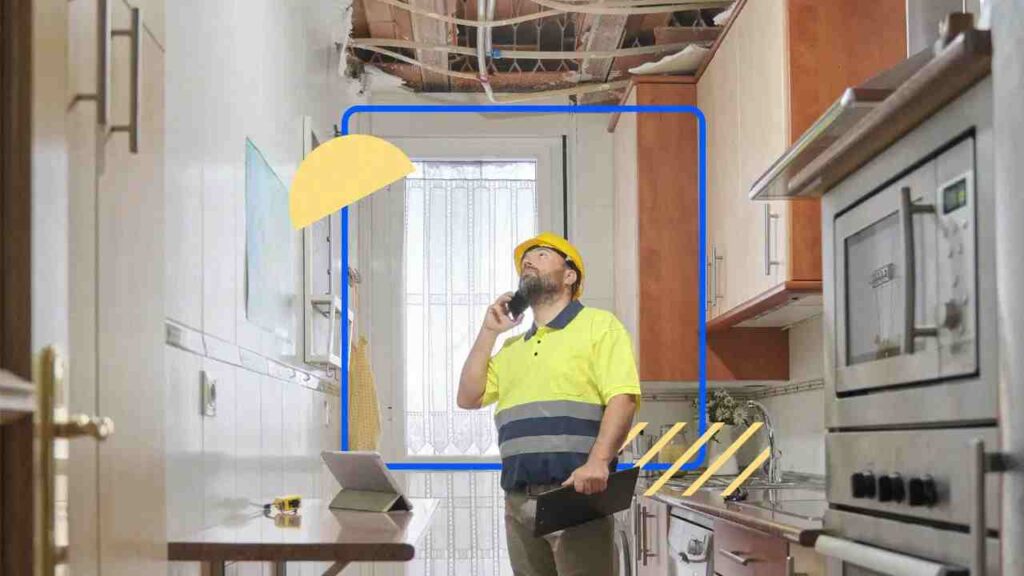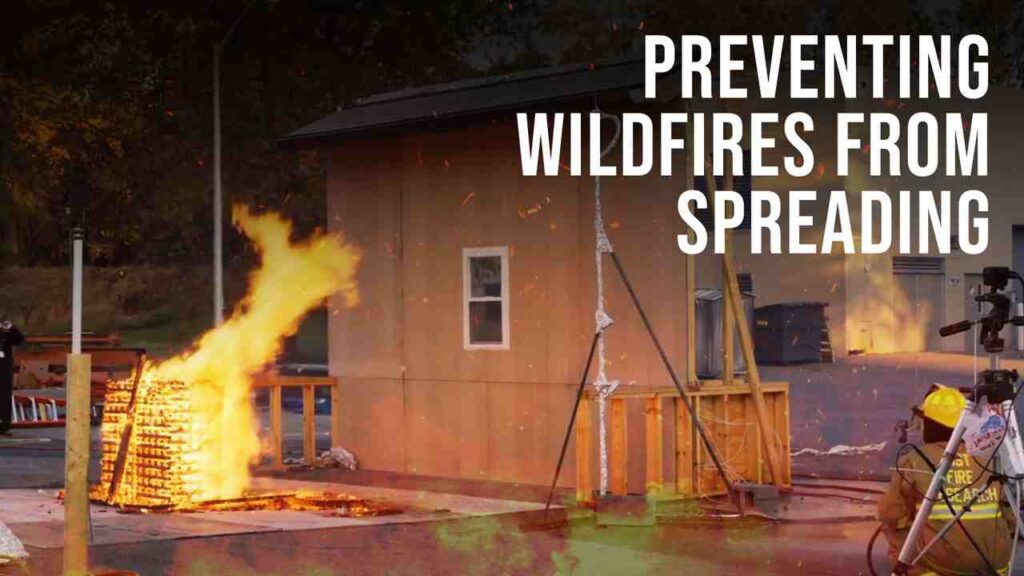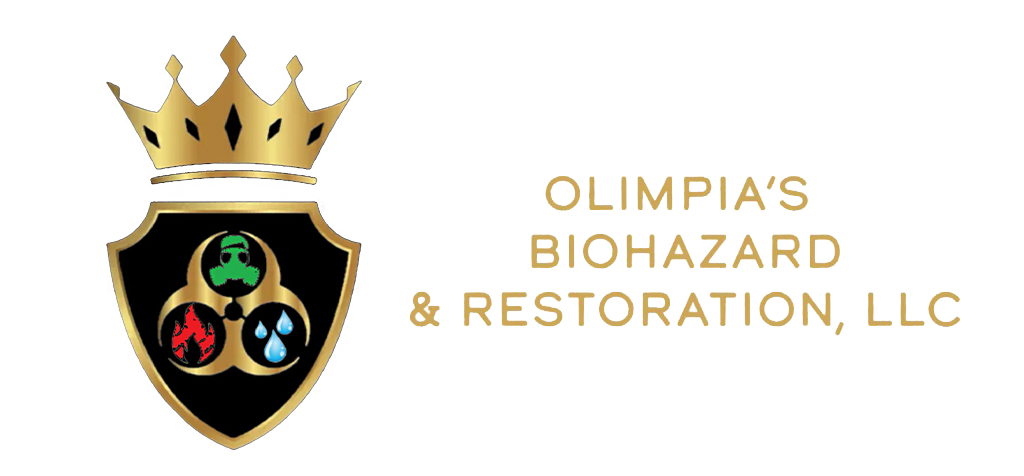After the flames have been extinguished and the smoke has cleared, the road to recovery post-fire is far from over. In Portland, addressing electrical and HVAC issues is a critical part of the journey. Fires can leave behind hidden damage, impacting the essential systems that keep our homes and businesses running smoothly. It’s a journey that begins with understanding the scope of the damage and ends with a renewed sense of safety and comfort with certified Olimpias Biohazard.


From damaged wiring that poses safety risks to smoke-contaminated HVAC systems, the aftermath of a fire demands a specialized approach. In this article, we’ll explore the nuances of resolving electrical and HVAC issues post-fire, shedding light on the challenges and solutions that Portland residents and businesses encounter on their path to restoration. It’s a journey that begins with understanding the scope of the damage, navigating safety concerns, and assessing the intricacies of electrical and HVAC systems, ultimately culminating in the restoration of safety, comfort, and normalcy for the affected properties. Fire remediation services play a crucial role in this process, guiding individuals and businesses through the complex journey of post-fire recovery.
Understanding the Scope of Fire Damage
Fire damage can vary widely, from superficial scorching to extensive structural harm. Understanding the full scope of the damage is the crucial first step in the restoration process. This encompasses assessing both visible and hidden damage to electrical and HVAC systems, as well as evaluating the potential impact of smoke and soot. Fire Damage and Its Impact on Indoor Air Quality is a key consideration, as it can affect the health and safety of occupants.
Safety Concerns in Post-Fire Electrical and HVAC Issues
Safety is paramount when addressing electrical and HVAC issues after a fire. Experts must identify and mitigate safety risks, including exposed wires, compromised systems, and potential electrical hazards. Ensuring the safety of residents, employees, or homeowners is a top priority. Recognizing fire damage signs is essential in order to prevent risks and initiate timely remediation efforts.
Assessing Electrical System Damage
Fires can cause severe damage to electrical systems, including wiring, circuits, and electrical panels. A thorough assessment is necessary to determine the extent of the damage and whether repair or replacement is required. It’s crucial to have a qualified electrician conduct this assessment to ensure the safety and functionality of the electrical systems for the property’s occupants. Ignoring or underestimating the extent of electrical damage can lead to safety hazards and ongoing issues.


Addressing Smoke Contamination in HVAC Systems
Smoke and soot particles can infiltrate HVAC systems, posing health risks and reducing system efficiency. Proper cleaning and decontamination of HVAC components are essential to restore indoor air quality and prevent long-term issues.
Specialized Equipment and Expertise
Fire damage restoration requires specialized equipment and expertise. Professionals utilize tools for electrical diagnostics, HVAC cleaning, and safety inspections, ensuring a comprehensive and accurate restoration process.
The Role of Professional Inspection
Professional inspections are essential for identifying hidden damage and assessing the overall condition of electrical and HVAC systems. These inspections provide the foundation for an effective restoration plan.
The Repair and Replacement Process
After assessments and inspections, the repair and replacement process commences. Damaged components are repaired, and in some cases, complete replacement is necessary to ensure safety and functionality.
Preventing Future Fire-Related Issues
Post-fire restoration also includes measures to prevent future fire-related issues. This may involve upgrading electrical systems, installing smoke detectors, and implementing safety protocols.


Insurance Considerations and Claims
Navigating insurance claims and considerations is a critical aspect of post-fire restoration. Understanding coverage, documentation, and claims procedures is essential to ensure financial support for the restoration efforts. Additionally, prompt and accurate communication with your insurance provider, along with keeping meticulous records of expenses and damage, can streamline the claims process, helping you receive the necessary financial assistance efficiently and facilitating a smoother recovery journey.
Business Continuity and Residential Comfort
For businesses and homeowners, continuity and comfort are vital. Ensuring that electrical and HVAC systems are fully operational and safe is necessary to resume normal activities and daily life. It’s about not just restoring structures but regaining a sense of security and stability, enabling businesses to reopen their doors, and families to return to their homes with confidence, thus helping the community recover as a whole.
Community Resources and Support
Communities often come together to support those affected by fires. Exploring available resources and support networks can provide additional assistance and guidance during the restoration process. This collaborative effort not only fosters a sense of unity but also offers emotional and practical support, such as temporary accommodations, food, and counseling, helping individuals and businesses rebuild their lives and properties with the strength of a caring community behind them.
Conclusion:
In conclusion, resolving electrical and HVAC issues post-fire in Portland is a multifaceted journey that demands a specialized approach. Understanding the full scope of fire damage, prioritizing safety concerns, and assessing the intricacies of electrical and HVAC systems are fundamental steps in the restoration process. The role of professional inspections, repair or replacement procedures, and the prevention of future fire-related issues contribute to the comprehensive recovery of properties. Navigating insurance considerations, ensuring business continuity, and restoring residential comfort are critical for returning to normalcy.
FAQs:
What safety precautions should I take when dealing with post-fire electrical and HVAC issues?
Prioritize safety by turning off electricity and gas, avoiding damaged systems, and seeking professional help.
2. How do I assess the extent of damage to electrical systems after a fire?
Consult a qualified electrician for a thorough assessment to identify damage and determine necessary repairs.
3. Can smoke-contaminated HVAC systems be cleaned, or do they need replacement?
Smoke-contaminated HVAC systems can often be cleaned and restored, but replacement may be necessary in severe cases.
4. Will my insurance cover the costs of post-fire electrical and HVAC restoration?
It depends on your insurance policy; document the damage and contact your insurance provider to initiate the claims process.
5. How can I prevent future fire-related issues with my electrical and HVAC systems?
Consider upgrades, regular maintenance, and safety measures like smoke detectors to reduce the risk of fire-related issues in the future.
